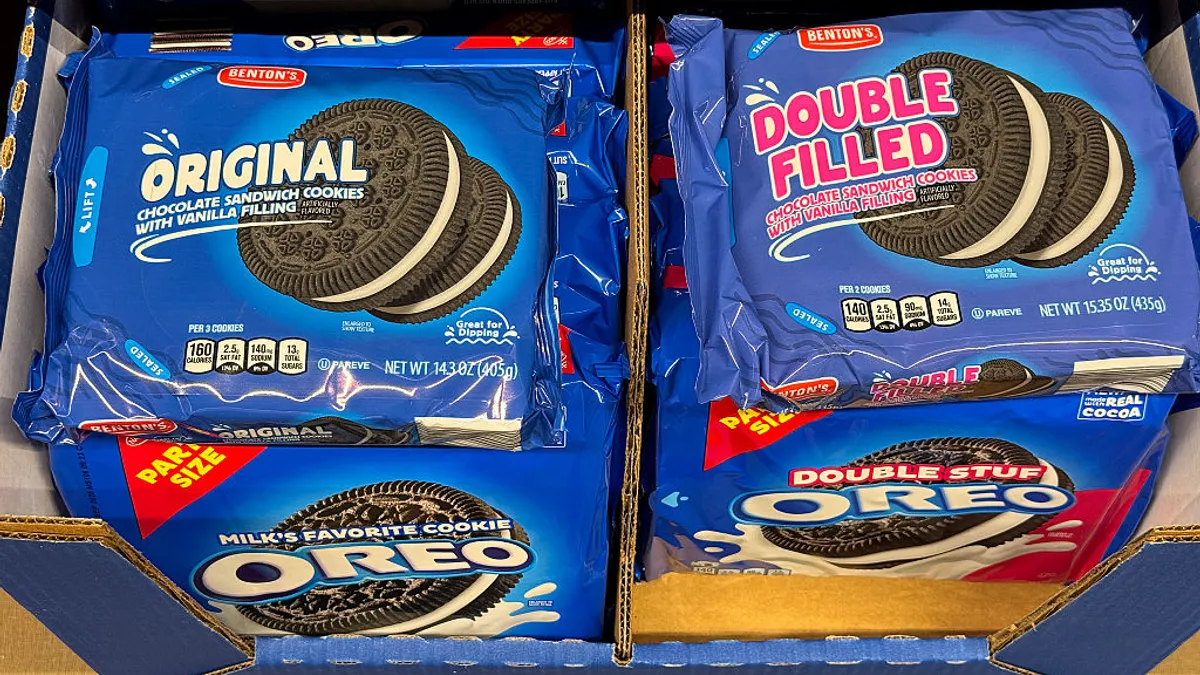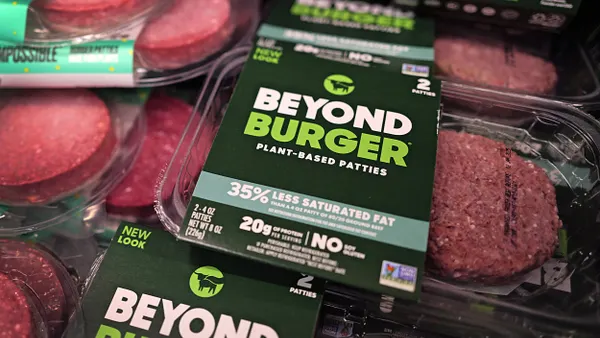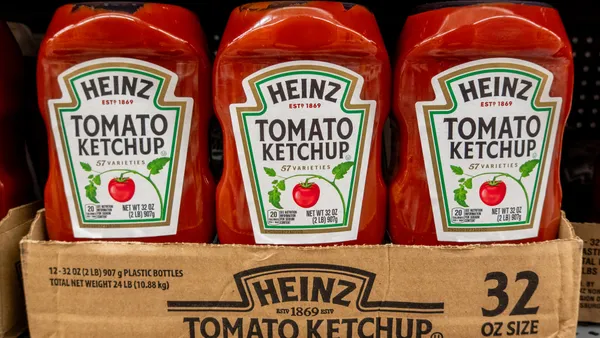Sunflower oil has a number of qualities that appeal to consumers, and as a result food manufacturers should take a closer look at this oil when creating new products or reformulating existing products. Sunflower oil will differentiate your product from all the others - here’s why…
1. Sunflower Oil is Non-GMO
With 89 percent of Americans indicating they would like some form of GMO labeling on their food2 and with several major food manufacturers already committed to labeling GMO ingredients, it’s time for all food processors to look for ways to cleanup their products and switch to non-GMO ingredients. One easy way to create a cleaner product is to switch to non-GMO sunflower oil —a premium, yet cost efficient oil. It is also Kosher and Halal certified, making it an excellent choice for a wide variety of product formulations from snack foods to baby food.
2. Superior Functionality
Adding to these consumer perceptions, USA sunflower oil has a longer fry and shelf life than many other oils. This is due to sunflower oil’s high Omega 9 content and only a trace of Omega 3 fatty acids. Omega 9 fatty acids make sunflower oil very stable, so that it can handle high heat processes such as deep frying and has a greater resistance to oxidation breakdown which causes rancidity. In fact, the American Oil Chemists’ Society (AOCS) has done independent studies showing that the oxidative stability index (OSI) of sunflower oil is much greater than other oils.
3. Healthy Nutrition Profile
Lately, there has been some confusion about the level of linoleic fatty acids (Omega 6) in sunflower oil. Ten years ago, when traditional or linoleic sunflower oil was the major type of sunflower oil produced in the USA, sunflower oil contained high levels of linoleic fatty acids. Today, 70 percent of the sunflower oil that is for sale is Mid Oleic or NuSun® and 30 percent of the available sun oil is High Oleic. As a result there has been a reduction in the linoleic fatty acid levels in US sunflower oil. Mid oleic sun oil contains just 26 percent linoleic fatty acids and high oleic contains just 9 percent. Sunflower oil mainly consists of oleic (Omega 9) fatty acids, which help reduce the risk of heart disease.
4. Use as a partial substitute for saturated fats
Many food processors create products that contain high amounts of saturated fat. Sunflower oil can be used as a replacement for some the saturated fat, therefore creating a healthier fat profile. Researchers have created crackers, biscuits and sausages that contain a sun oil/saturated fat blend and the quality, taste and shelf life of these products have not been compromised.
If you are curious how sunflower oil will perform in your product formulations, contact a sunflower oil supplier or contact the National Sunflower Association at: 701-328-5100
1 Headline - Research conducted by IPSOS-ASI Ltd., January 2010
2 The IFIC Food & Health Survey was conducted online by Greenwald & Associates of Washington, D.C., from March 13 to March 26, 2015, with 1,007 Americans ages 18-80, and is weighted to represent the demographics of the United States.








